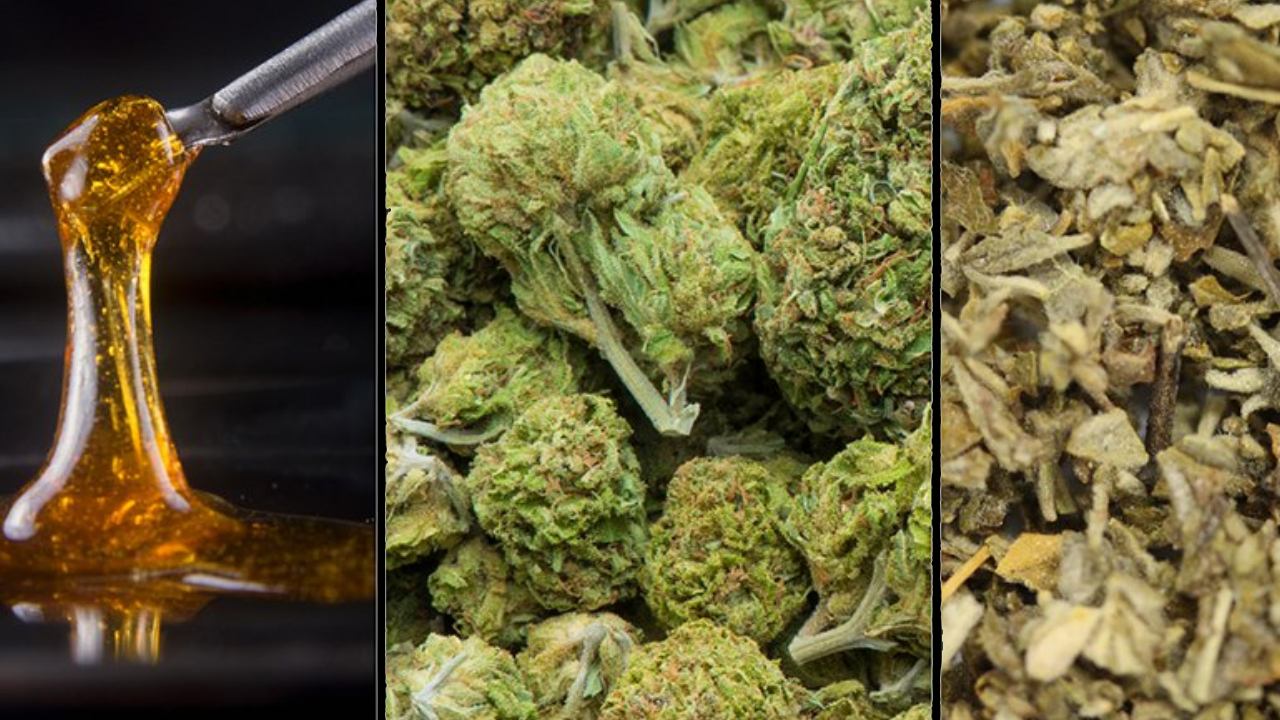The Safety of Real Cannabis vs. the Dangers of Synthetic Cannabis
Cannabis has been used for centuries for medicinal, spiritual, and recreational purposes. As legalization expands worldwide, more people have access to real, natural cannabis. However, alongside this growing acceptance, synthetic cannabis has emerged as a dangerous alternative. While real cannabis is generally considered safe, synthetic cannabis, often marketed as “Spice” or “K2,” has been linked to severe health risks, including hospitalizations and deaths. This article explores the safety of real cannabis in comparison to the dangers posed by synthetic cannabis.
What is Real Cannabis?
Real cannabis refers to the naturally occurring plant Cannabis sativa, Cannabis indica, and their hybrid strains. It contains cannabinoids like tetrahydrocannabinol (THC) and cannabidiol (CBD), which interact with the body’s endocannabinoid system to produce effects such as relaxation, euphoria, pain relief, and anti-inflammatory benefits.
When consumed responsibly, cannabis has relatively mild side effects, including dry mouth, red eyes, increased appetite, and temporary memory impairment. It is nearly impossible to overdose on natural cannabis, as there are no recorded deaths from cannabis toxicity alone. Studies suggest that cannabis has a wide range of therapeutic applications, including treating epilepsy, chronic pain, anxiety, and nausea from chemotherapy.
What is Synthetic Cannabis?
Synthetic cannabis, also known as synthetic cannabinoids, is a man-made substance designed to mimic the effects of THC. It is typically sprayed onto plant material and smoked, vaped, or consumed in liquid form. These products are sold under names such as “K2,” “Spice,” “Black Mamba,” and “Scooby Snax.” Unlike real cannabis, synthetic cannabinoids do not come from the cannabis plant but are lab-created chemicals designed to bind to cannabinoid receptors in the brain.
The problem with synthetic cannabis is its unpredictability. Since these substances are produced illegally, there are no quality control measures. The chemical formulations frequently change, making it impossible for consumers to know exactly what they are ingesting. This unpredictability can result in severe adverse effects.
The Dangers of Synthetic Cannabis
Unlike real cannabis, synthetic cannabis has been associated with life-threatening health risks. Some of the most severe dangers include:
- Severe Toxicity – Synthetic cannabinoids are often much more potent than natural THC, leading to extreme intoxication, paranoia, and hallucinations. Some formulations have been linked to strokes, seizures, and heart attacks.
- Unpredictable Effects – Since the chemical composition of synthetic cannabis varies, one batch may be far more dangerous than another. Users can never be sure how strong or toxic their dose is.
- Organ Damage – Some synthetic cannabinoids have been found to cause kidney failure and other organ damage. This is due to their toxic ingredients and the body’s inability to properly metabolize them.
- Psychotic Episodes – Unlike natural cannabis, which has a relatively low risk of inducing psychosis in the general population, synthetic cannabis has been shown to cause intense hallucinations, violent behavior, paranoia, and suicidal thoughts.
- Physical Dependence and Withdrawal – While real cannabis has a low risk of physical addiction, synthetic cannabis can be highly addictive, leading to withdrawal symptoms such as severe anxiety, sweating, nausea, and tremors.
- Contamination with Other Dangerous Chemicals – Many synthetic cannabis products have been found to contain harmful substances, including rat poison, opioids, and toxic solvents, which can further endanger users.
Why Real Cannabis is the Safer Choice
Real cannabis is significantly safer than synthetic cannabis for several reasons:
- Natural Composition – Unlike synthetic cannabis, which is made in clandestine labs with unknown chemicals, real cannabis is a plant with well-studied compounds.
- Lower Health Risks – While excessive THC consumption can cause temporary discomfort (such as anxiety or paranoia), it does not result in life-threatening conditions.
- Medical Benefits – Real cannabis has documented medicinal benefits, whereas synthetic cannabis has no known therapeutic applications.
- Regulated Markets – Legal cannabis is tested for potency, pesticides, mold, and other contaminants, ensuring consumer safety. Synthetic cannabis, on the other hand, is entirely unregulated and often sold on the black market.
The safety difference between real cannabis and synthetic cannabis is vast. While real cannabis is a natural plant with medicinal benefits and a long history of safe use, synthetic cannabis is a dangerous, unregulated product that has caused severe health complications and fatalities. The unpredictability and toxicity of synthetic cannabis make it a serious public health concern, and consumers should avoid it at all costs. As cannabis legalization continues to spread, access to safe, regulated products will help steer people away from these harmful synthetic alternatives, ensuring that those who choose to use cannabis can do so safely and responsibly.
Sid Prince
Photo credit: https://adf.org.au/insights/various-cannabis-use/


